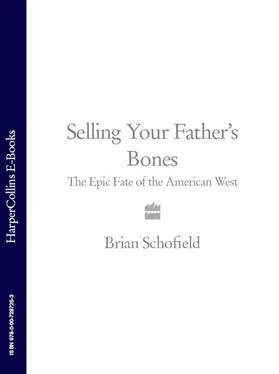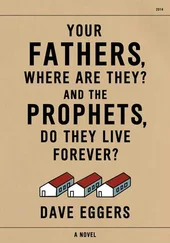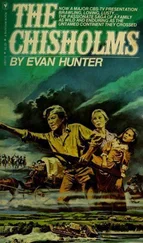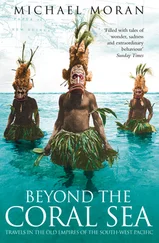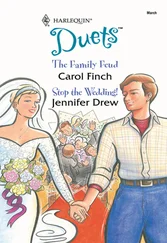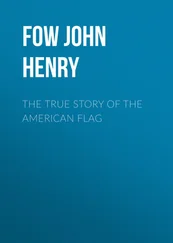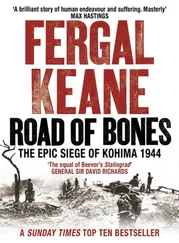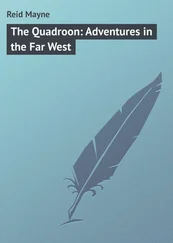This camp was under the guidance of Twisted Hair, an elderly leader who resisted suggestions of slaughtering the Corps of Discovery in their sleep, and instead fed them up, helped them dig out five canoes from felled trees, guided them to a safe put-in for the Columbia River and even offered to care for their horses while they glided towards the Pacific, and triumph. On their return journey, Lewis and Clark stayed several weeks with the Nimiipuu (who had cared for their horses well), tending to villagers’ ailments from their medicine bag, giving demonstrations of their magical technologies and conversing at length with Twisted Hair, explaining to him the number and power of the white man’s country, the significance of the Great Father (an explanatory title for the president which Jefferson, among others, enjoyed far too much) and the impending arrival of fur trappers and trading posts in the Nimiipuu’s lands.
When they parted, Lewis wrote, ‘I think we can justly say, to the honor of this people, that they are the most hospitable, honest and sincere that we have met with on our voyage.’ Twisted Hair, for his part, made a solemn promise that the Nimiipuu would never spill the white man’s blood. Lewis and Clark, for theirs, promised the Nimiipuu ‘peace and friendship’.

The first efforts by fur trappers and traders to follow in the Corps’ footsteps were underwhelming, at best. American mercantile adventurers, supposedly the next wave of the Jeffersonian expansion, failed to persuade the Nimiipuu and other Columbia Plateau tribes to abandon their crucial sustenance activities and stand in freezing rivers trapping beaver for them instead, while the Nimiipuu proved discouragingly astute in spotting a seller’s market for their healthy, well-fed horses, and set their prices accordingly. The Bostons, as the Indians came to call the Americans, soon skulked off.
British and French Canadian trappers were more resilient, though (in the early nineteenth century the Oregon Territory, the vast sweep of land that took in the north-west USA and Alaska, was still ‘up for grabs’ in the great geopolitical board game), finding villages which would accept dependence on the fur economy, establishing permanent trading posts in the Columbia region and gradually inveigling their way into local life. The Nimiipuu became involved in the trading culture, if not immersed in it: the tools and trinkets such as knives, kettles, fish-hooks and blankets were worth swapping the occasional fur for, and, in times of conflict with the Blackfoot and Shoshone tribes, bullets had become an absolute necessity. But geographical isolation and an impenetrable sense of superiority towards the white man’s antics kept the Nimiipuu at arm’s length. As one trader complained in 1824, the Plateau Indians were still ‘very independent of us, requiring but few of our supplies’.
One thing had changed, though — the Nimiipuu had accepted, from the outside world at least, a new name. French Canadian trappers, noting that some men of the tribe had adopted the coastal practice of piercing their noses (often with shells), had started calling the villagers Nez Percé, which was soon democratized to Nez Perce (rhyming with ‘fez verse’). As was often the case, the name proved much more resilient than the fashion, and ‘Nez Perce’ stuck.
Around 1824 the Bostons returned to the plateau with a vengeance, muscling in on the British market with all the vigour of an invasive coffee-shop chain. Introductory special offers of over-the-top payments for furs and horses lured away loyal customers, and the Americans’ more informal treatment of the Indians forged stronger friendships than the well-practised colonial disengagement of the British. A less honourable marketing device also began to flood the plateau — whiskey. While the British Empire could scarcely be described as a temperate endeavour, the New Republic was lubricated to a quite unprecedented degree: by one 1830 estimate, the average American adult was knocking back seven gallons of alcohol a year, and while the disastrous impact of this free-flowing intoxicant on Indian cultures was well known by the 1820s, the federal ban on trading whiskey with the tribes was of marginal significance several thousand miles from Washington. In 1831 the dominant American trader in the Oregon Territory, William Sublette, hauled 450 gallons of whiskey into his premises on the plateau, claiming every drop was needed to sustain his staff of boatmen. As he did not, in fact, employ a single boatman, the destiny of the drink is unarguable — the highly profitable degradation of people and communities that were socially and, many claim, physiologically, unprepared for the ravages of the wicked water. Once again, geographical protection and a natural aloofness allowed the Nez Perce to protect their culture better than many other tribes, a fact reflected, paradoxically, in the many observations by trappers of the time that the dignity and integrity of the Nez Perce marked them out as the least Indian of the Indians -but they were being drawn ever closer to the ever more numerous Americans. From 1827, many Nez Perce men became regular attendees at Rendezvous, the notorious annual trade conference of fur trappers which one historian, writing in 1918, recalled as a carnival of ‘carousal and dissipation’. The trappers, fiercely independent adventurers in mythology, overworked salarymen in reality, would come in from their travails in the forests and icy streams to spend a few days blowing a year’s wages in the luxury of human company: ‘Men with impassive faces gambled at cards; flat liquor-kegs and whiskey bottles were opened and emptied; and scenes of wildest revelry followed. The Indians, not to be outdone by the white men, joined in the gambling, horse-racing and drunken quarrels.’
And as the British retreated from this unfamiliar new colonialism with their usual good grace — adopting a scorched-earth policy of overhunting to ensure they weren’t followed north — it became increasingly likely that the Oregon Territory would, before long, become part of the ever-expanding ‘alcoholic republic’ of the United States.
In this fur-trading era, the white arrivals were measured in the hundreds at most, their numbers insufficient fundamentally to disrupt Nez Perce life — but these visitors did bring with them the first barrages of what is now seen as the most effective, murderous weapon in the diminution of indigenous America. There are no records of wilful efforts to introduce disease to the people of the Northwest — it was ‘Back East’ that the British military commander, Lord Amherst, had ordered the mass-murderous delivery of smallpox-infected blankets to the Delaware people in 1763 — but the unwitting impact was no less disastrous. Once again, the Nez Perce were spared the worst — for now — but as smallpox, cholera and measles devastated the Blackfoot to their north-east, Columbia tribes to their west and Snake River tribes to their south, the sense of encroaching doom grew, as did the divisions among the tribe, with those who coveted the material benefits of trade with the Bostons increasingly at odds with those who were fast concluding that nothing good could be gained from engaging with the white man. In epidemiological terms, at the very least, the isolationists couldn’t have been more right — the wave of disease that swept ahead of the white settlement of the Americas is among humankind’s greatest catastrophes: the population of North, Central and South America fell by as much as two-thirds in the century following Columbus’ arrival, a loss of up to forty million souls. Some North American tribes buried three-quarters of their people within a couple of months of their first white visitor. As the geographer Jared Diamond made clear in 1988, there’s little contest between ‘guns, germs and steel’ when civilizations fight for survival, the microscopic proving the most potent of the three by far. Diamond did, however, neglect to list the most cancerous and tenacious of all the implements of territorial conquest — gods.
Читать дальше
